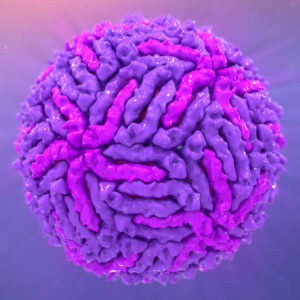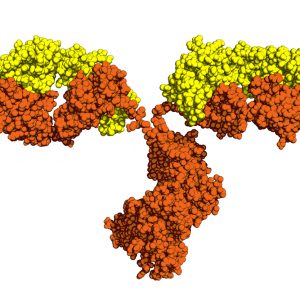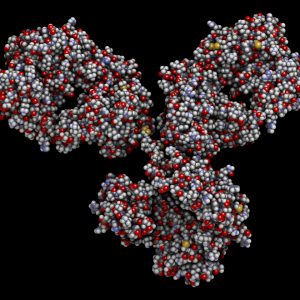Hepatitis C
Hepatitis C virus (HCV) causes both acute and chronic infection. Acute HCV infection is usually asymptomatic, and is only very rarely (if ever) associated with life-threatening disease. About 15–45% of infected persons spontaneously clear the virus within 6 months of infection without any treatment. The remaining 60–80% of people will develop chronic HCV infection. Of those with chronic HCV infection, the risk of cirrhosis of the liver is between 15–30% within 20 years.
The Native Antigen Company offers a large panel of monoclonal antibodies specific to Hepatitis C, suitable for R&D and immunoassay development.
Hepatitis C Background
Hepatitis C virus (HCV) is an enveloped, positive-sense, single stranded RNA virus and member of the hepacivirus genus of the family Flaviviridae. HCV was first recognised in 1970 and described as non-A, non-B hepatitis, until 1989 when the pathogen was identified as hepatitis C. The structural proteins produced by Hepatitis C virus include the core protein and envelope glycoproteins E1 and E2, which are necessary for viral entry into host cells. Non-structural (NS) proteins include V7 viroporin and NS2 protease, which play essential roles in viral infection and replication, and NS3, NS4a, NS4b and NS5b proteins.
Currently, eleven genotypes of HAV are recognised, designated 1-11. Genotypes 1-6 are the major genotypes, which are further classified into subtypes A, B and C. Genotype 1 is the most prevalent globally, followed by 3, 2 and 4.
Humans are the primary reservoir of Hepatitis C virus. HCV is a bloodborne virus, transmitted through infected blood. Transmission of HCV may occur through the sharing of needles for injecting drugs, the use of inadequately sterilised medical equipment infected with HCV and the transfusion of unscreened blood and blood products. HCV is responsible for 15-20% of cases of acute hepatitis worldwide (WHO).
All recognised genotypes are pathogenic and target hepatocytes in the liver. The incubation period for HCV infection is 2-6 months. During a period of acute infection, most individuals remain asymptomatic and recover without need for treatment but may present with liver damage later in life. A large percentage of HCV infected Individuals have clinical symptoms that include nausea, vomiting, fatigue, abdominal pain and jaundice. Patients may also develop chronic hepatitis, which can progress to cirrhosis or hepatocellular carcinoma. Additional complications associated with persistent HCV infection include insulin resistance and type II diabetes mellitus (Li, HC).
The different genotypes of HCV respond differently to treatment and therefore a correct diagnosis is important. However, Hepatitis C virus is difficult to isolate, and the asymptomatic nature of HCV infection makes clinical diagnosis difficult. Serological methods to detect HCV IgM antibodies in patient’s serum are reported to be unreliable but diagnostic methods to detect HCV total antibody and HCV core protein may have some value.
References
- World Health Organization: Hepatitis C, key facts Li HC et al. 2015.
- Hepatitis C virus: Virology, diagnosis and treatment. World J Hepatol. 8;7(10):1377-89.
Hepatitis C Antigens
Our Hepatitis C antigen is a highly purified core protein for use in assay development, vaccine research and as antigens for the preparation of specific antibodies.
Hepatitis C Antibodies
We offer a large panel of monoclonal antibodies specific to Hepatitis C. Our Hepatitis C antibodies recognise a number of different HCV-specific proteins, including the core antigen, E1, E2 and NS3 – all of which may be used in a wide range of applications to study the biology of Hepatitis C.
Specificity and reactivity information for these antibodies can be found here.
Questions?
Check out our FAQ section for answers to the most frequently asked questions about our website and company.



